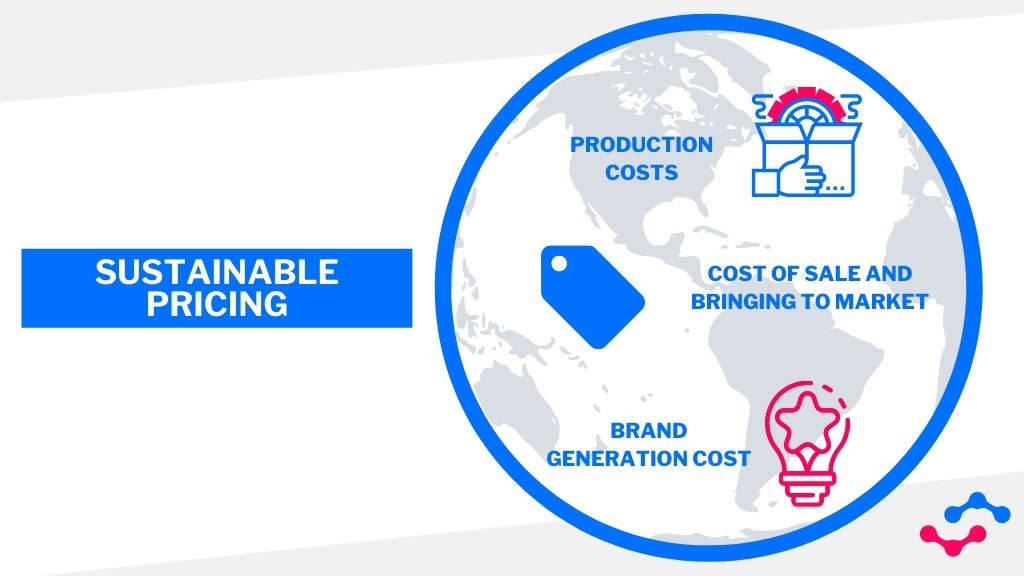
What is sustainable pricing and how to implement it
05/06/2022 - Pricing strategy
It is apparent in the market that the socio-environmental impact of products and their management processes is increasingly becoming a concern for buyers. Sustainable prices assume these fair, regulated, and low-impact production variables, but they affect the pocket of brands and consumers. How can you incorporate sustainable pricing in your catalogue, improve your brand image, and adapt to your users’ means? We will tell you how to optimise your pricing strategy with these factors in mind.
What factors impact sustainable pricing?
By definition, sustainable prices include the social and environmental costs of production and sale: waste, carbon footprint, ethical production, etc. These factors increase the price.
What production factors impact your sustainable pricing strategy? As a general rule, the ones that affect the beginning of the production chain. Fair and responsible labour and sustainable sourcing of materials improve the social and ecological impact, but increase the final price of products. Fashion, beauty, and health are the most affected sectors, since obtaining raw materials can increase the cost by up to 200%.
However, the highest percentage of costs attributed to sustainable products are outside this spectrum and are related to branding and marketing costs. Obtaining sustainable product certificates and limited production volume both increase the retail price for the consumer.

What costs does sustainable pricing include?
Three factors are involved in creating sustainable pricing strategies:
- Production costs: Obtaining materials, energy use, labour…
- Costs of sale and bringing to market: Wholesale and retail distribution…
- Brand Generation Costs: Marketing Strategies.
How do you map out your sustainable pricing strategy?
According to a Kearney price sustainability study, green or sustainable products may be up to double the price of less responsible versions. This directly conflicts with the users’ wish to be more sustainable and their preference to consume this type of product, since the price is a key factor in its achievement. According to a study by SotySolar collected by Inforetail, 64% of consumers in a country like Spain claim that they would access more sustainable products if they were more reasonably priced.
In this context, and with the need to following UN regulations and plans, brands are working to provide better conditions for the sales ecosystem. That is why sustainable user-friendly prices are so relevant.
Today, artificial intelligence is the best tool available to set sustainable prices for your products. Dynamic pricing software allows you to calculate the optimum prices for your products based on classic variables such as warehouse stock, sales forecasts, competitors’ prices, etc. With Reactev’s tool, you can add as many variables as necessary. This allows you to adapt the formula to your sustainability requirements.
In a world increasingly concerned about the environmental footprint, implementing affordable, sustainable pricing will boost your brand strategy. Try it with Reactev and optimise your profits.
Category: Pricing strategy
